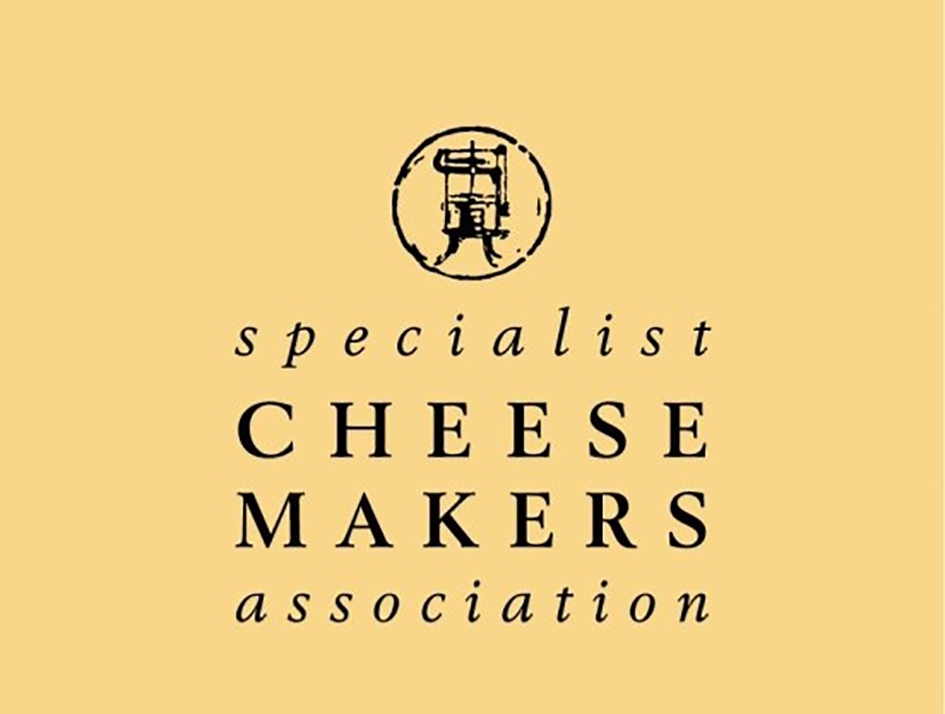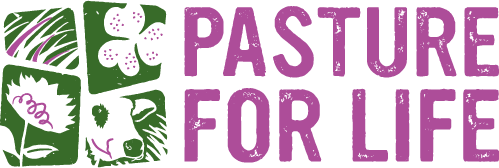
How to make Cheese
This page is here to guide you through everything that surrounds cheese. What to you want to know?
Cheese was first thought to have been made in Sumeria as an accidental result of the enzyme, rennet, which is found in a calf’s stomach, curdling the milk which a shepherd was carrying in a leather bottle. Many traditional cheeses have their roots far back in history and can be tied into significant dates. For example, Monks accompanying William the Conqueror in 1066 brought their recipe for cheese with them, resulting in the production of the cheese which was to become Wensleydale.
With the dissolution of the monasteries in the UK in 1536, cheesemaking mostly passed to farmers, but this practice was severely curtailed as part of wartime rationing in 1939. It has fortunately enjoyed a renaissance in recent years with more and more artisan products appearing on the market.
Given the huge diversity of cheeses available on the market, it is astounding to think that every single cheese (bar those with added flavours, such as herbs or fruit) contains at the most, only four basic ingredients: milk, starter culture, rennet and salt. The variables between the cheeses are therefore down to the recipes used by the skilled cheesemakers, although the basic principle remains constant – the separation of curds from whey and their subsequent drying and ripening.








